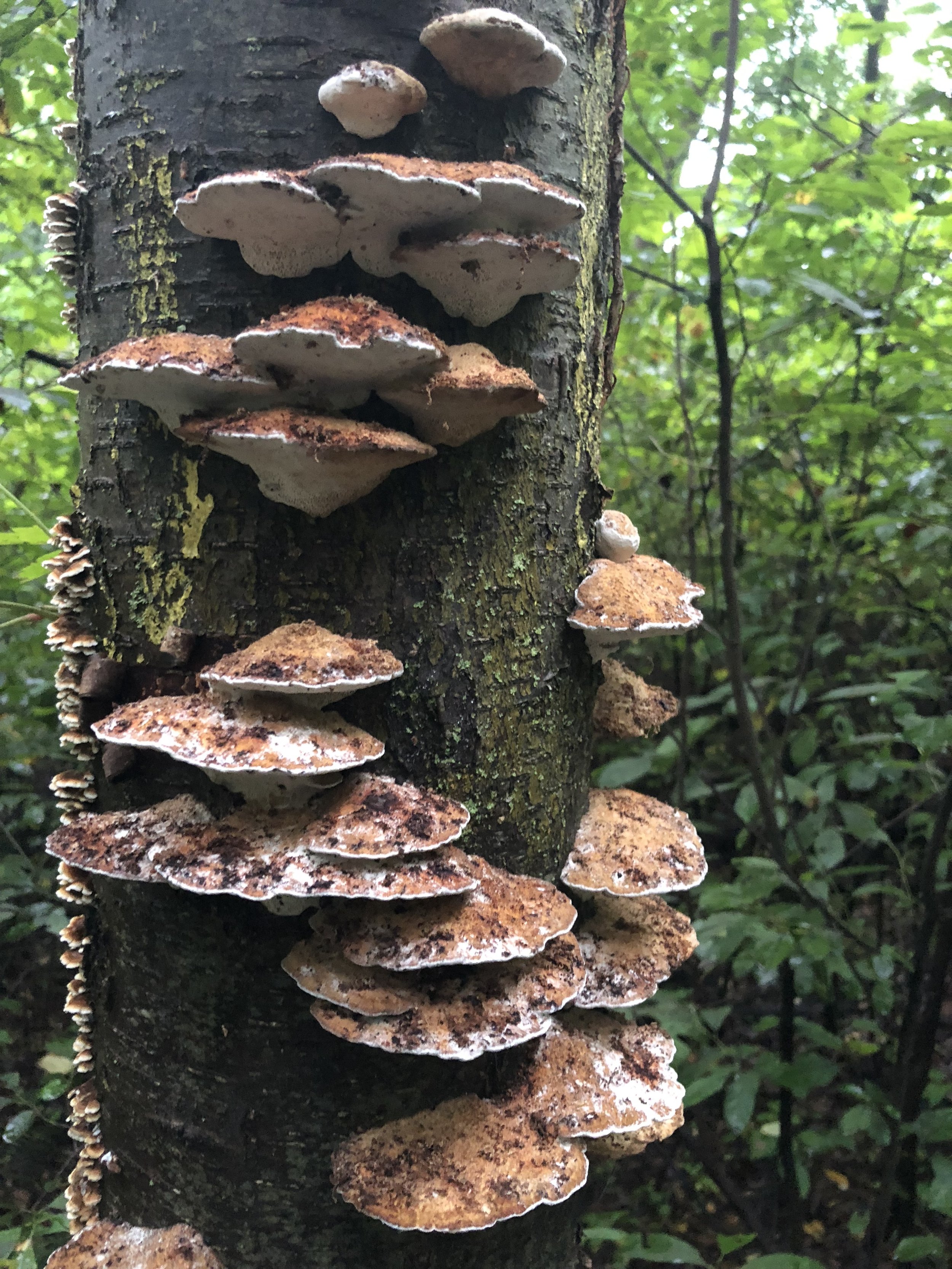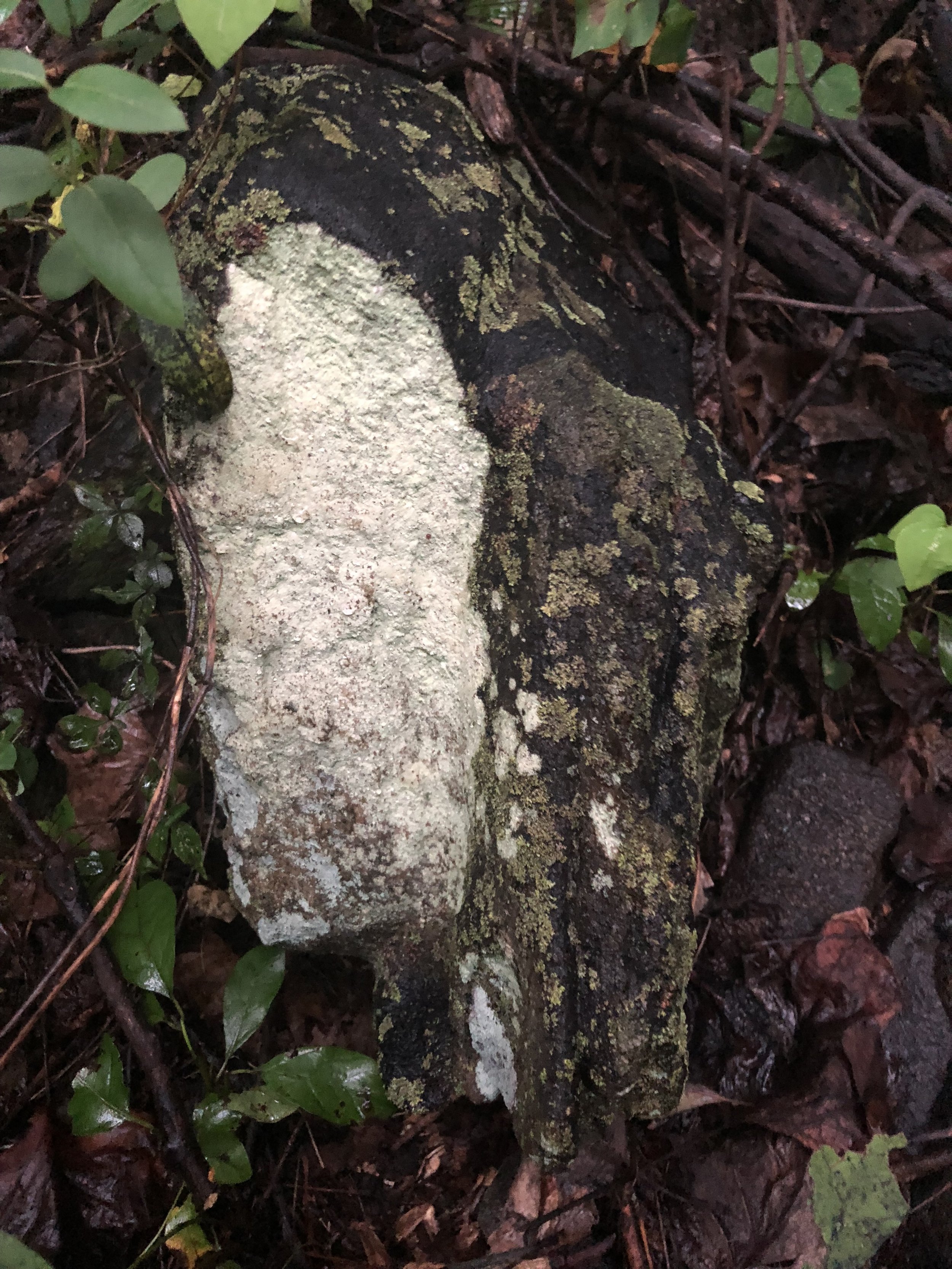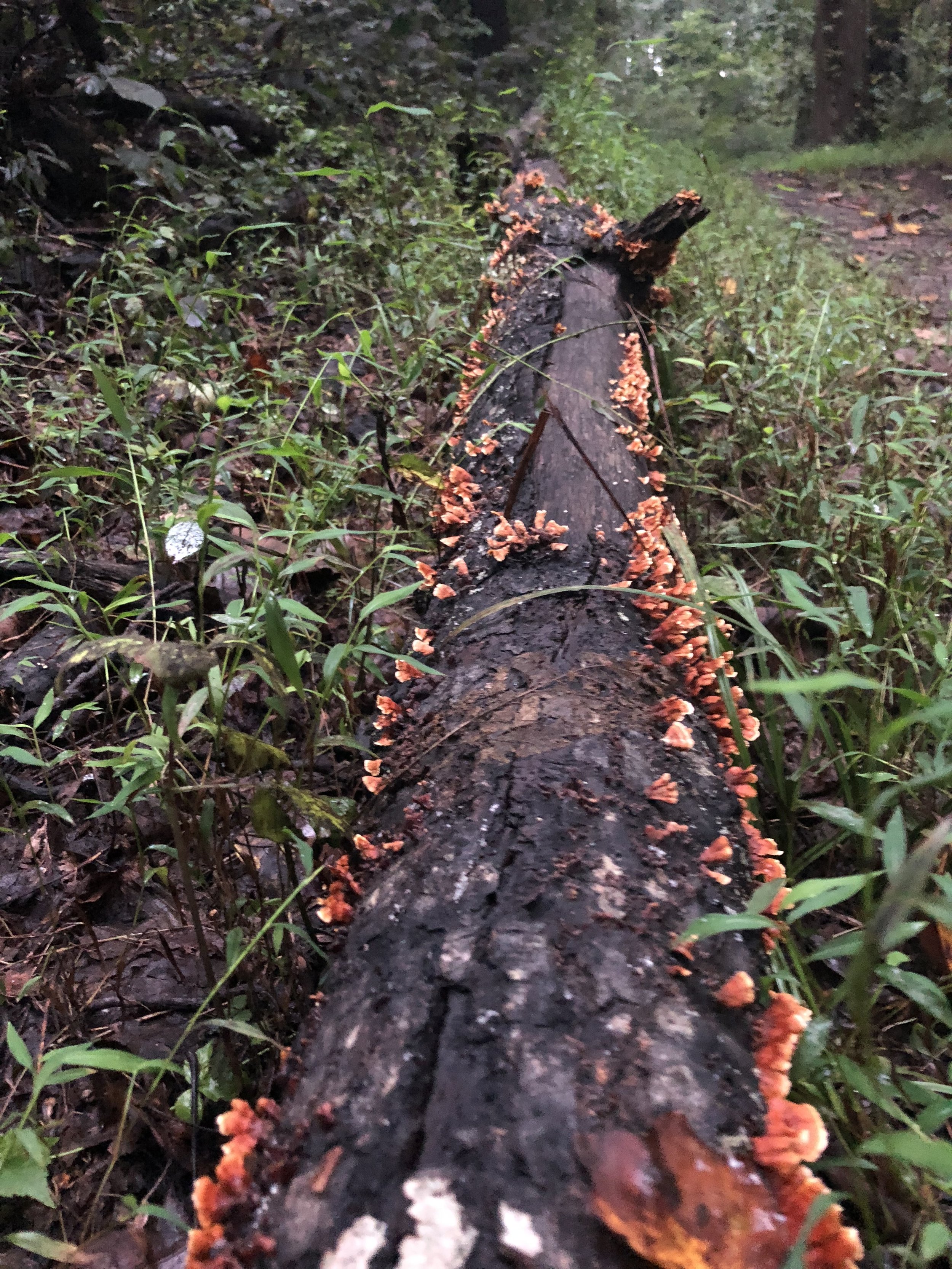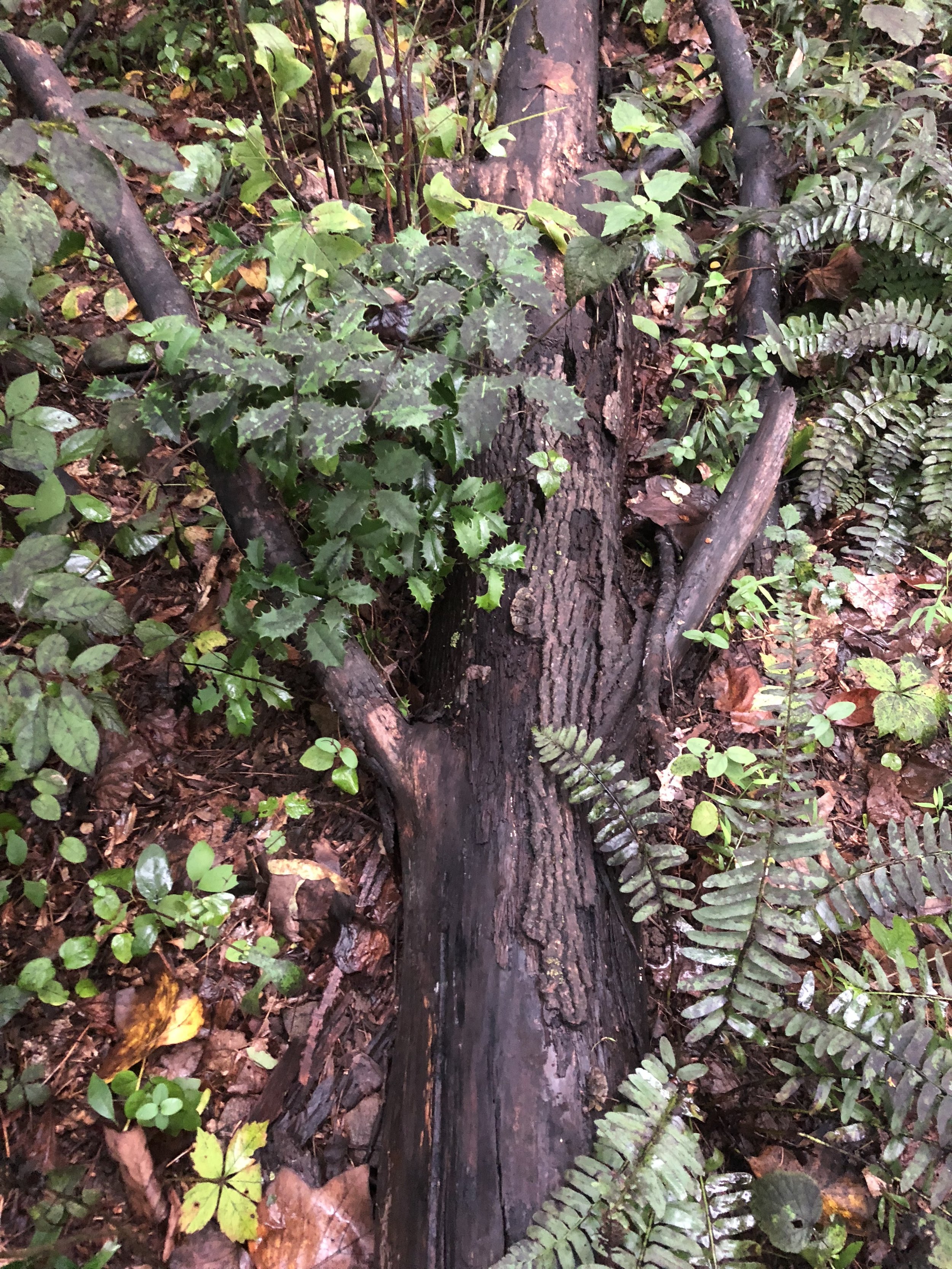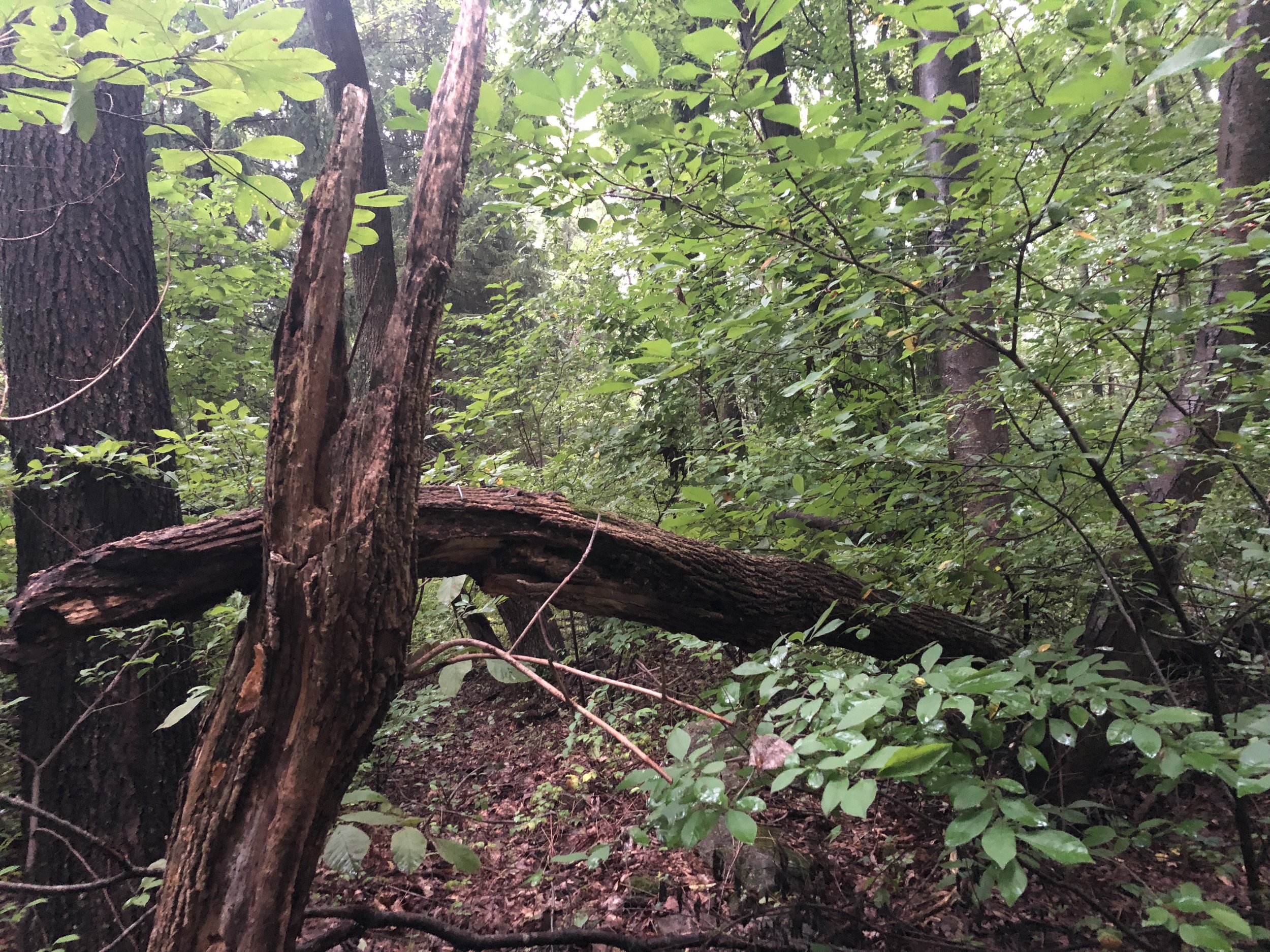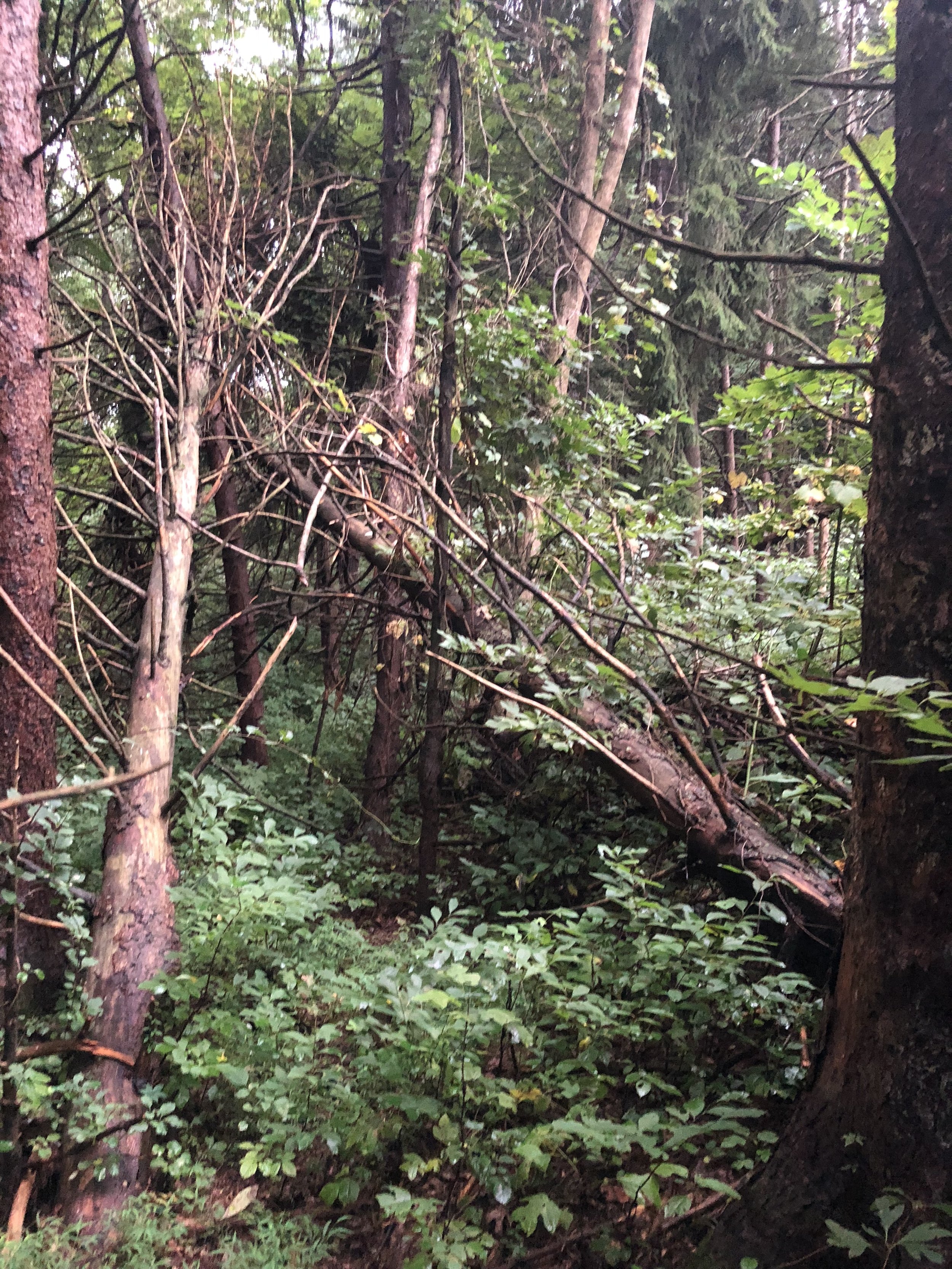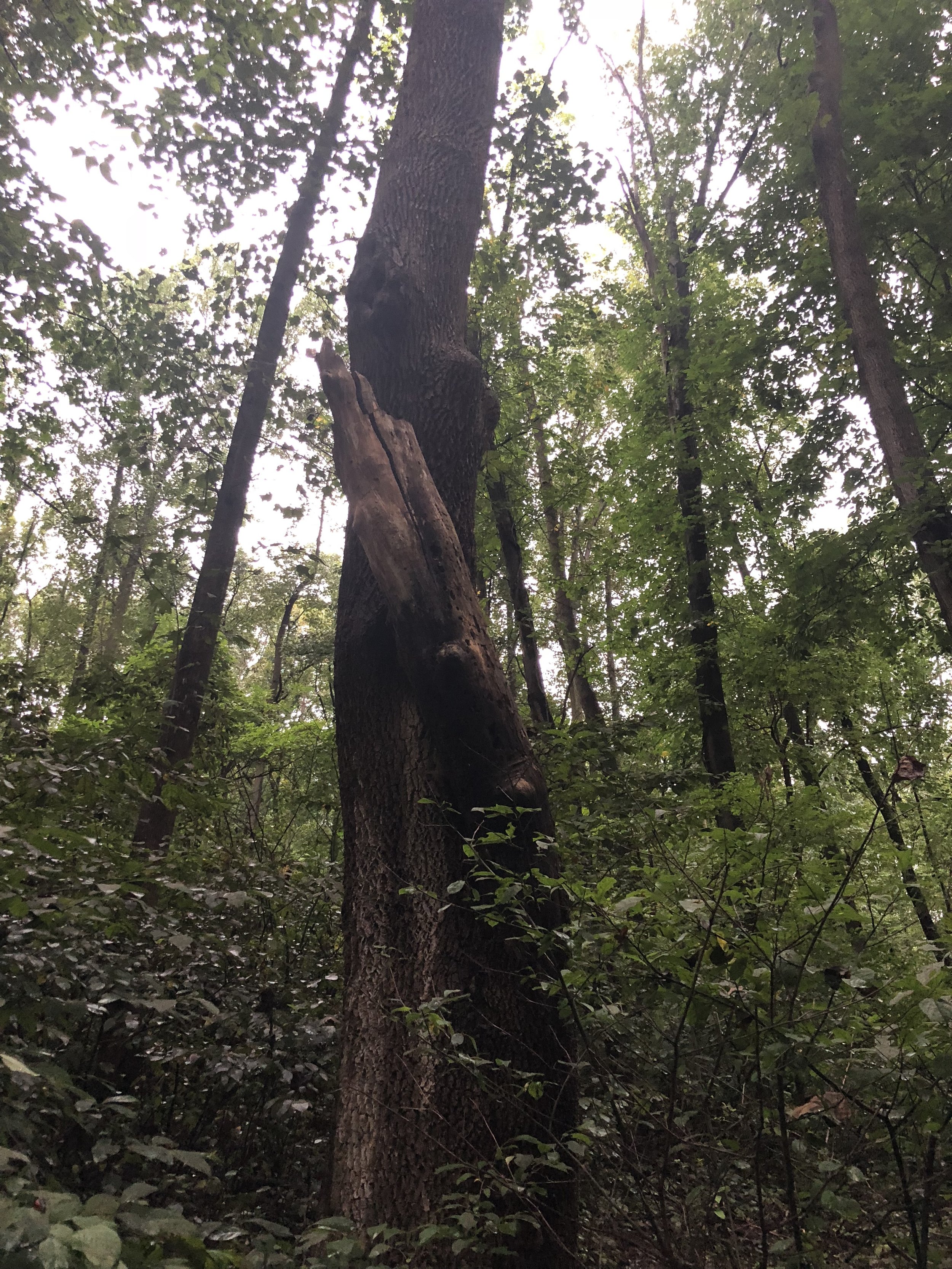Nature Has Stories To Tell
Carrie H
I’ve been thinking about trees (and nature) a whole lot lately. Well, I am always thinking about trees and sensing them and communicating with them on some level. On Sunday morning, though, I put on my Tree of Life necklace for the first time in a couple of months. It ended up being a guided move in more than one way.
I spent part of the morning at Peace Tree Farm in Kintersville with a like-minded gardening friend. You may know Peace Tree by its really cool succulents, coffee plants, fig trees and other beauties for sale at the Easton Farmers’ Market. (They also do veggies, herbs, and so forth—in fact, they are the exclusive herb partner farm for Wegmans in Pennsylvania and New Jersey. They have rows and rows of basil to prove it.) Peace Tree is primarily a wholesale spot that sells beautiful and unusual plants, herbs, and flowers, and twice a year they open their doors to the public. You can score a whole mess of awesomeness for very little money. You’ve been warned!
Lloyd Traven of Peace Tree Farm in Kintersville examining the mullein plant.
Peace Tree is rather progressive and ecologically minded. Many of the greenhouse’s operations are controlled precisely by apps on their phone. They practice IPM (integrated pest management) and many measures that are organically minded (this is another post for another day, the issues with the term “organic.”). One of the owners, Lloyd Traven, showed me their mullein, a plant with tremendous healing capacity on its own. It serves as a banker plant—a host for beneficial bugs that then go out and attack pests in the greenhouse. They’re situated at specific intervals.
Lloyd then explained to me how they have been in communication with someone in their industry who is working on the ability to dial in the lighting to the right frequency and duration—is it better, for example, to have a burst of light for a short period of time, versus a lower frequency that is more sustained? (Take a guess.) And what is that optimal light frequency? Fascinating stuff.
Let’s just stop for a moment. Could you imagine if humans had such capabilities? If we knew how to dial in our own light to the precise measurement? If we knew exactly what would nourish us and when, and what to say yes to, and what to refuse, down to the right frequency? It might not be as quantifiable as it is for the botanical world, but we kind of do. Most of the time it’s unconscious. Sometimes, if we are actively working with this kind of energy, we can gain access to its revelations on a regular basis. Sometimes it’s fleeting, like quicksilver. We are human. It’s normal. But ultimately, this information is available to us. We don’t always hear it, act on it, or integrate it. It’s called intuition. Or you can call it your gut. Or your heart. My chakra knowledge tells me it’s all connected anyway. But I digress. Sort of.
I dive into the natural world because it is humbling and grounding, and gives me a sense of deep reverence for processes that have nothing to do with humans. When it comes to nature, we remain small in comparison. We really are subservient, despite our insistence and often destructive behavior to the contrary (speaking in broad brushstrokes here). In comparison to nature, we know so little, but we can learn if we listen and observe. (And ask good questions of people who know stuff. That helps immensely.). We really are humble servants of Gaia, in need of all the healing she can get. (I often send energy to the Earth, especially if mine is very high—it literally grounds me.)
These are so similar to my necklace, it’s not even funny. Positive Waves Trees.
(I also encountered a woman who makes trees with different crystals, and attaches the wires to rocks. I mean, it’s rocks, trees, and crystals. Three of my favorite things. Or maybe two—crystals and rocks are semantically different but maybe that’s all.)
Earlier tonight, I took a dusky and misty walk through a favorite spot near my house. I had been in the kitchen for part of the day and needed to surround myself with green, break a sweat and change my perspective.
It was one of those walks where everything looked animated yet in repose. Arrested development, you might say.
What I encountered were trees that were full of grace, beauty, sadness, and ultimately, stories.
This one, for example, reminded me a little bit of a Brontosaurus; the swoop of the trunk. But it was more graceful than that, as though it had stretched in that direction to obtain what it needed and then settled there. Satisfied.
The graceful dinosaur tree. The picture doesn’t do it justice.
And this one; stunted, hollowed out, but left standing. It has seen disease, maybe a lightning strike. It felt like a totem. And it’s likely a home for critters.
Hollowed out.
Some of them, either upright or resting on the earth, become homes for other vital things.
And then these—there are always the ones that support each other and in turn, end up creating support, structure and shelter for other life.
The top tree spoke to me of surrender. It was done; it was not going anywhere. It had undramatically, naturally, accepted its fate, and a small holly tree had taken up residence alongside it. The middle one was the result of a dramatic break, as you can see. And the third one spoke of a softness; a gentle, visible support.
My favorite moment, however, was this one.
There is a sense of near-twinning with these two, but one of them didn’t quite sustain itself. Still, there’s an attachment, a connection between them that cannot be denied. The shorter tree is sighing.




